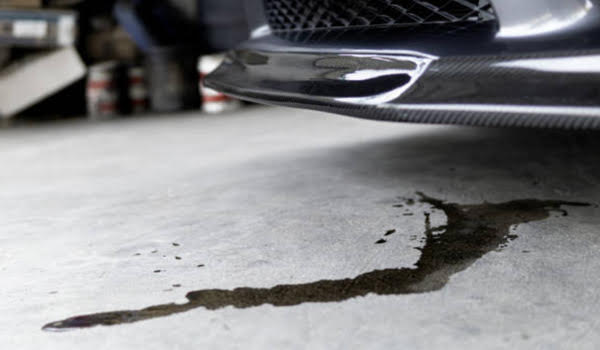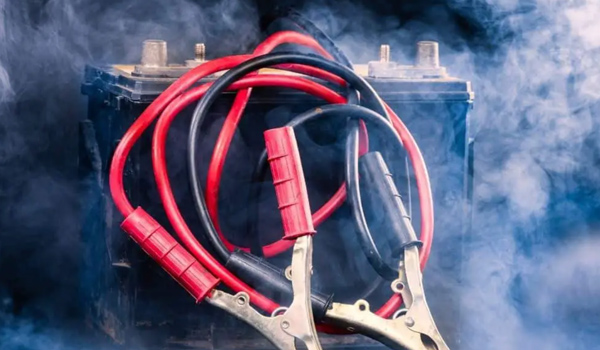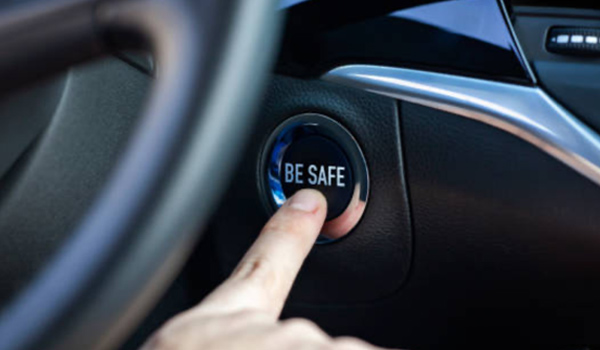At Chapel Hill Tire, we believe that happy employees lead to happy customers. This core philosophy, encapsulated in our “Work Happy, Drive Happy” movement, has not only fostered a positive work environment but has also earned us several prestigious accolades. We are thrilled to share that Chapel Hill Tire has been recognized by the Triangle Business Journal as one of the Best Places to Work in the Triangle, as well as being honored By Chapel Hill and Durham Magazine in their Best of Polls for Automotive Services.

Best Places to Work in the Triangle
The Triangle Business Journal’s recognition of Chapel Hill Tire as one of the Best Places to Work in the Triangle is a testament to our commitment to creating a supportive and engaging workplace. We understand that our employees are the backbone of our company, and their satisfaction and well-being are paramount. From offering comprehensive benefits and continuous professional development opportunities to fostering a culture of teamwork and respect, we strive to ensure that our employees feel valued and motivated every day.
Commitment to Employee Growth: Training Program and Paid ASE Testing
A significant part of our commitment to our employees is our comprehensive Training Program, designed to empower our team members with the skills and knowledge they need to excel in their careers. We believe in investing in our employees, which is why we provide paid ASE (Automotive Service Excellence) testing. This program not only enhances their expertise but also ensures that our customers receive the highest quality service from certified professionals. By supporting our technicians in obtaining and maintaining ASE certifications, we help them advance in their careers while also upholding the highest industry standards.
Best of Chapel Hill in Automotive Services
Being named the Best of Chapel Hill in Automotive Services is an honor that reflects our dedication to delivering top-notch automotive care. Our skilled technicians, state-of-the-art equipment, and unwavering commitment to customer satisfaction have set us apart in the industry. We are grateful to our loyal customers in Chapel Hill who trust us with their vehicles and continue to support our mission of providing exceptional service.
Best of Durham in Automotive Services
Our recent growth in Durham has been met with enthusiasm and support from the community, and we are proud to be recognized by Durham Magazine. This accolade is a reflection of our team’s hard work and dedication to extending our high standards of service to new areas. As we grow, we are excited to continue building strong relationships with all of our customers and providing the same level of excellence that our Chapel Hill patrons have come to expect.
The Work Happy, Drive Happy Movement
At the heart of these achievements is our “Work Happy, Drive Happy” movement. This initiative is more than just a slogan; it is a guiding principle that shapes our daily operations and interactions. By prioritizing the happiness and satisfaction of our employees, we create an environment where they can thrive and deliver outstanding customer service. Happy employees are more engaged, more productive, and more committed to going above and beyond for our customers.
Our customers notice the difference. They experience the positive energy and dedication of our team members, which translates into an overall excellent customer experience. Whether it’s a routine maintenance visit or a complex repair, our customers know they can rely on us for honest, reliable, and friendly service.
Thank You
We extend our heartfelt gratitude to our employees, customers, and the communities of Chapel Hill and Durham for their continued support. These recognitions are a collective achievement, and we look forward to building on this success as we continue to grow and serve the Triangle area.
At Chapel Hill Tire, we are more than just an automotive service provider; we are a family committed to making every workday and every drive a happy one.
By celebrating these recognitions, we reaffirm our dedication to excellence and our promise to maintain the highest standards in everything we do. Thank you for being a part of our journey and for helping us create a workplace and customer experience that is truly exceptional.















